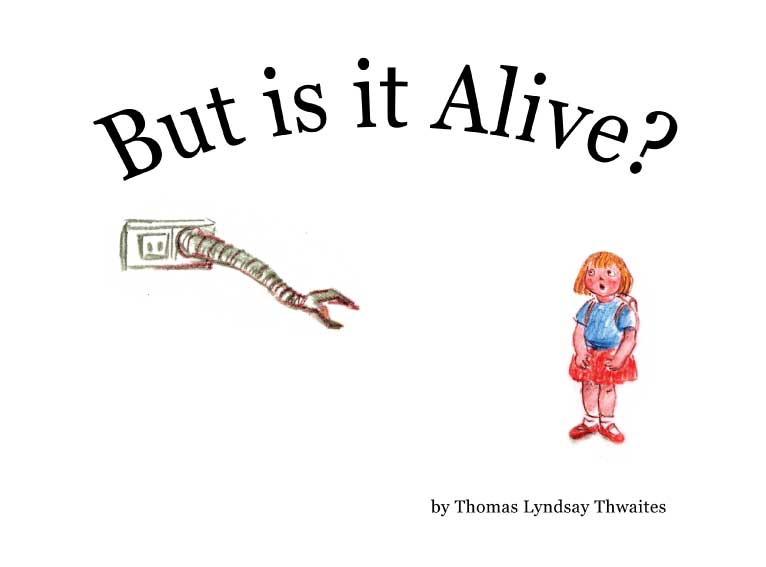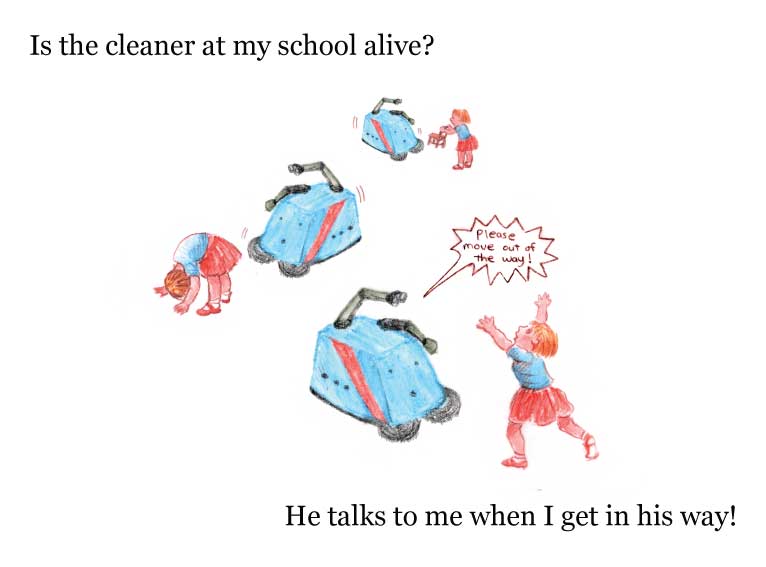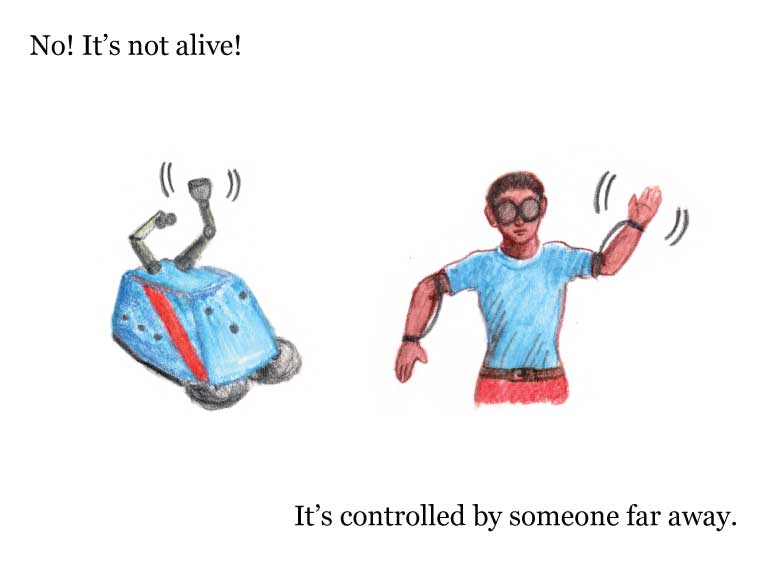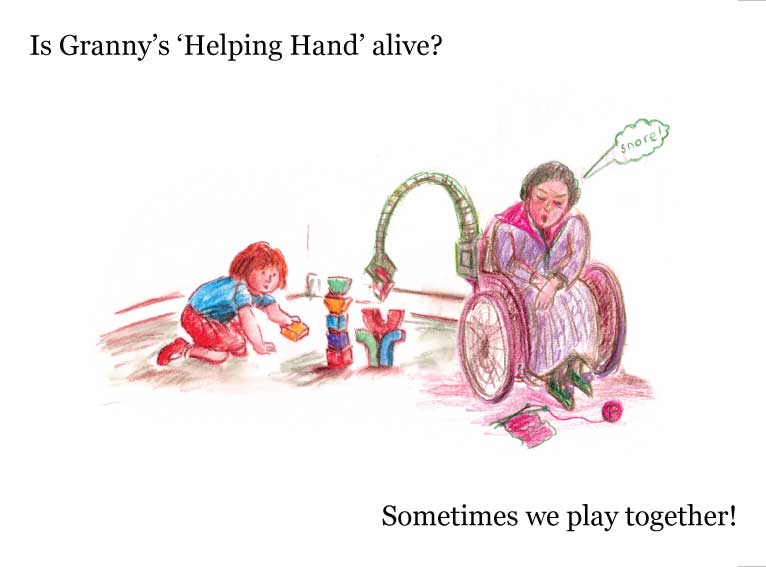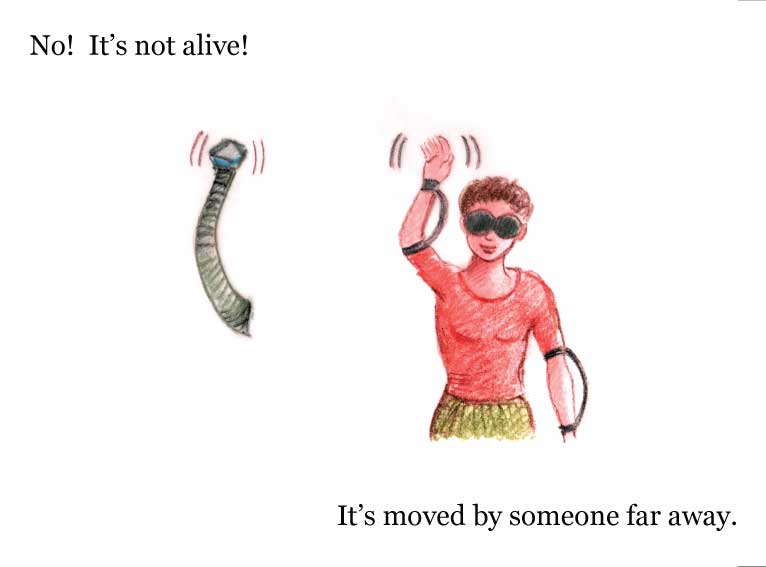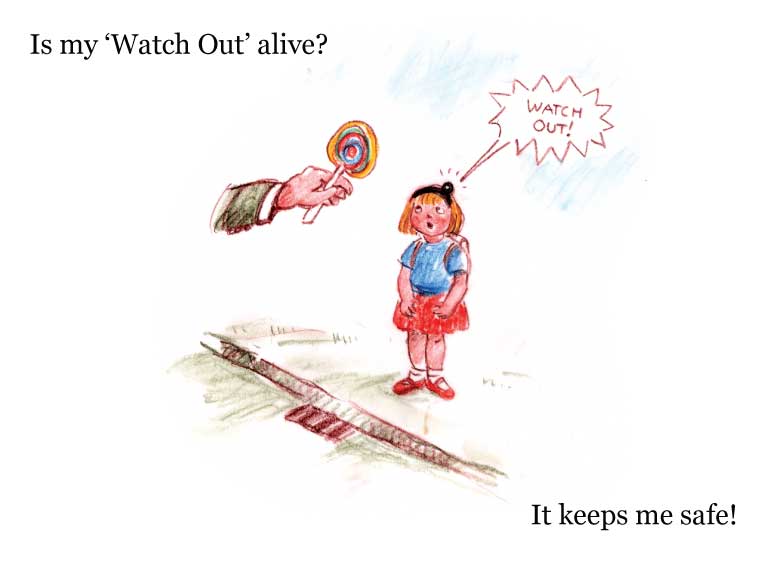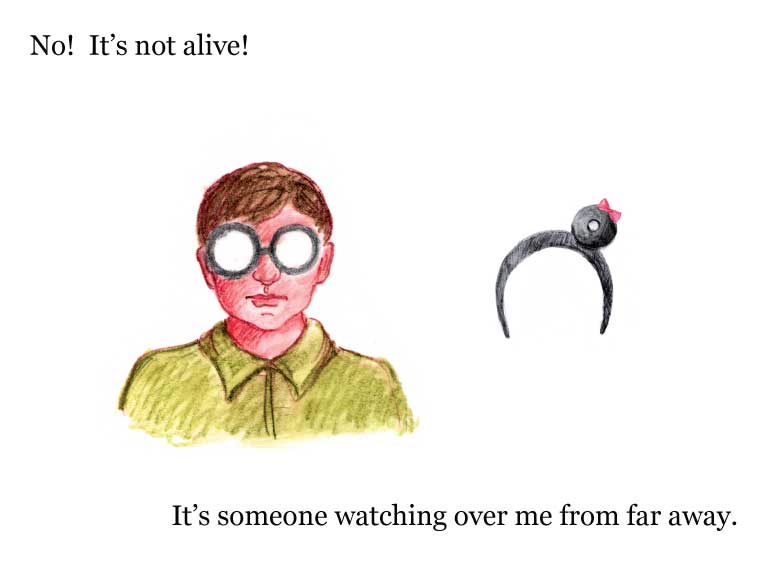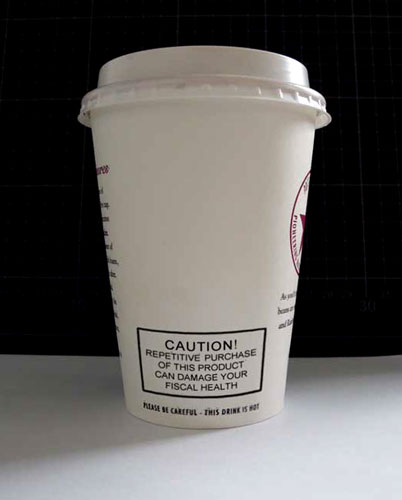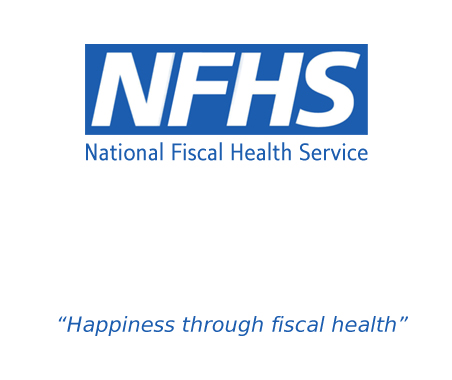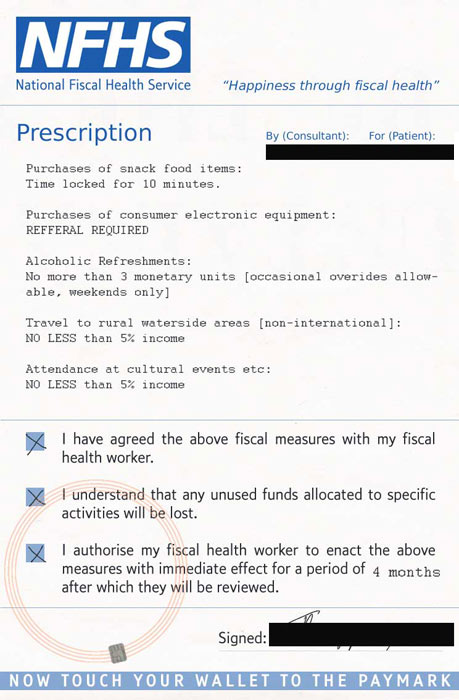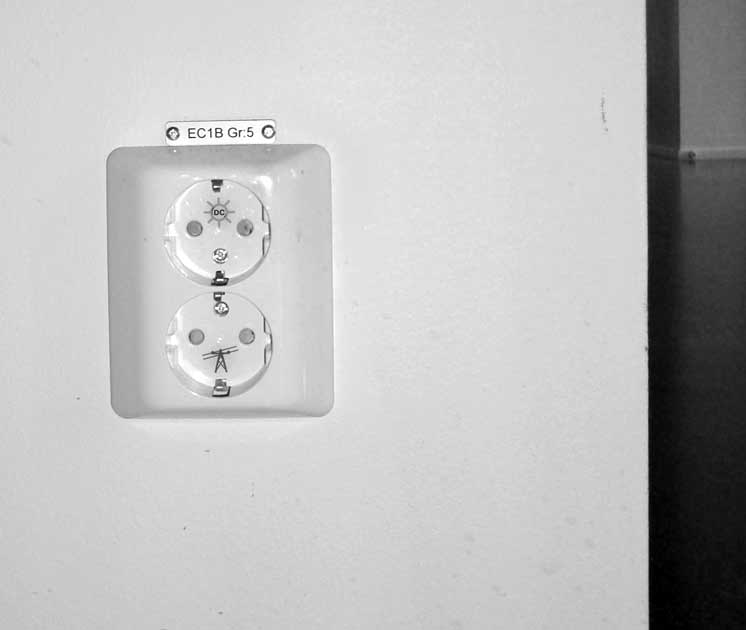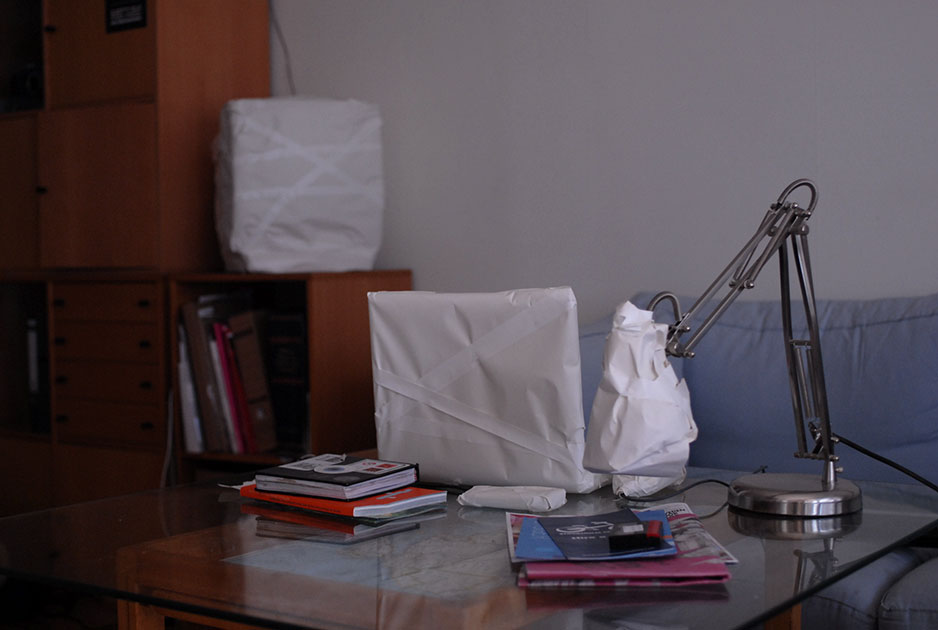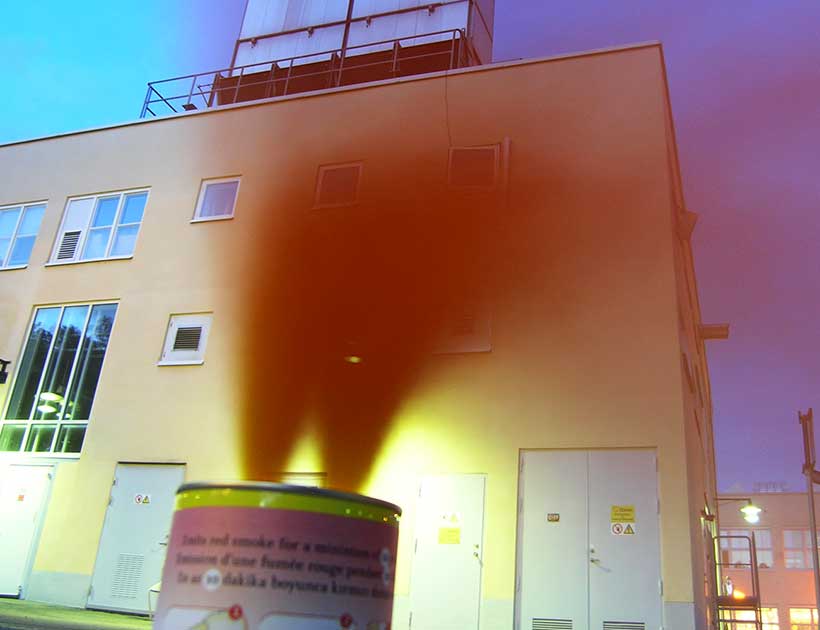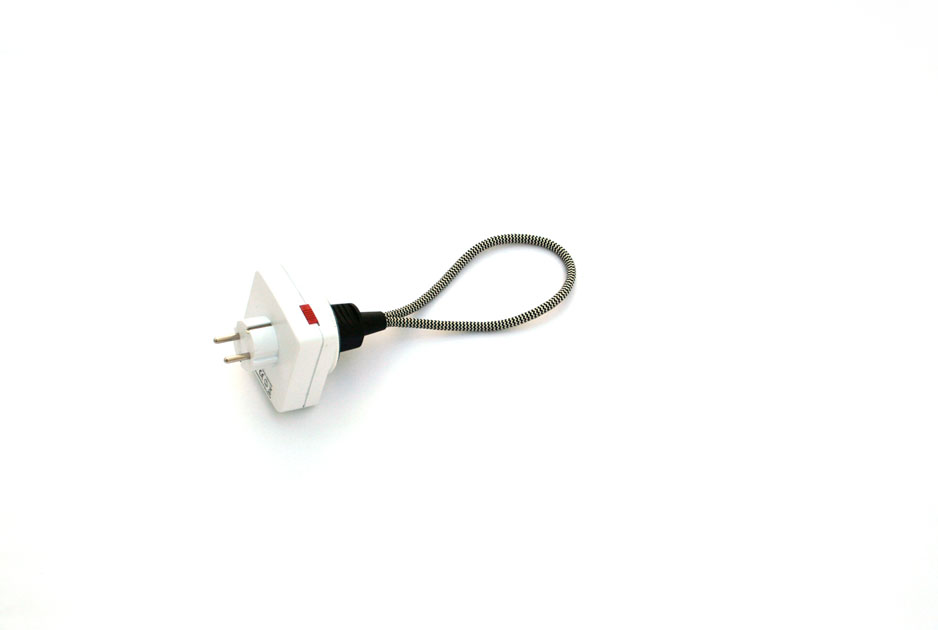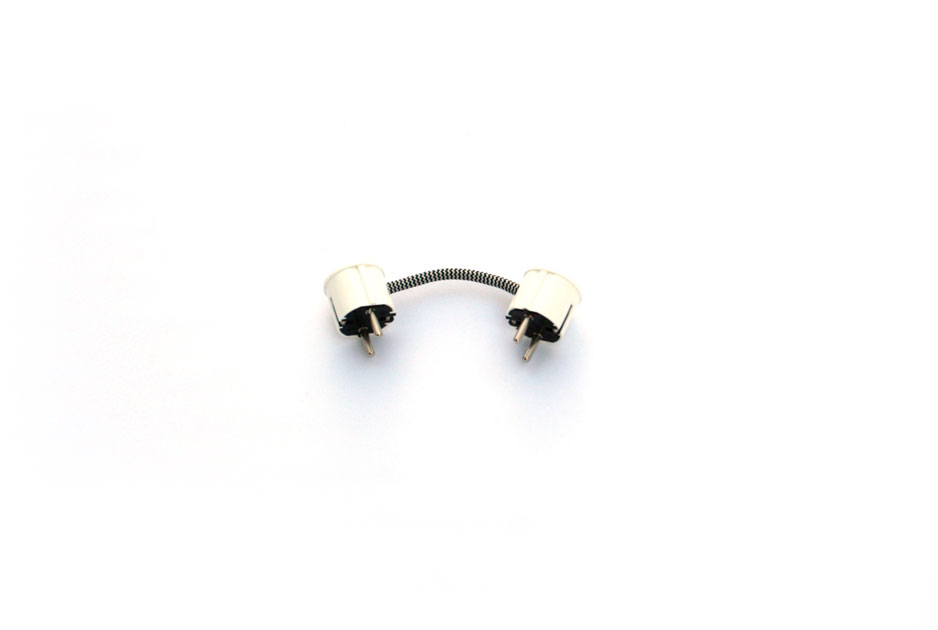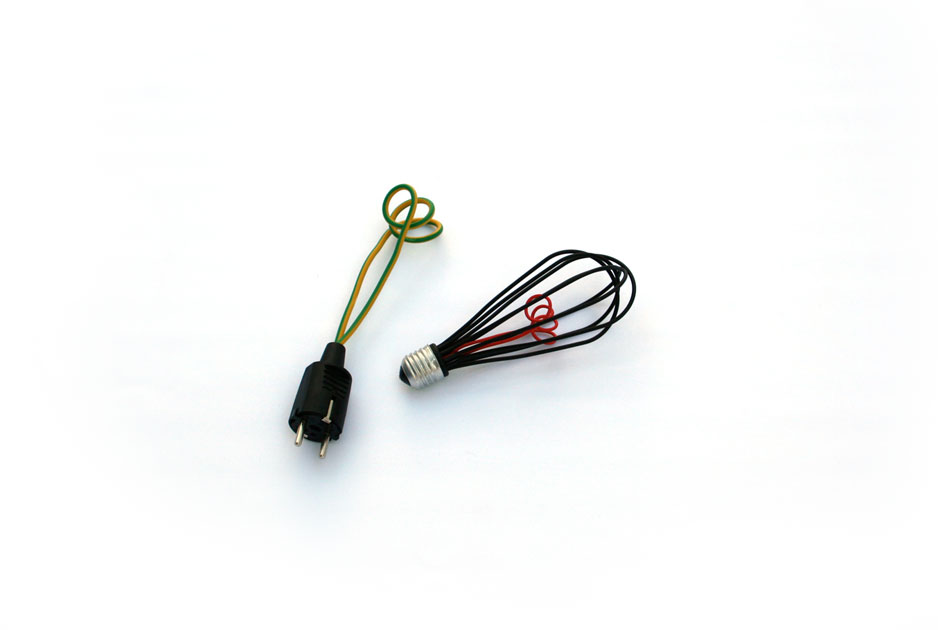(2010)
Prohibition relies on controlling access – stopping someone from accessing something. So far, access to alcohol and tobacco has been determined solely by age – well the age you look at least. The system isn’t exactly nuanced – a day younger than the magic age of 18 and it’s totally prohibited, a day older and you can have as much as you like. As for ‘controlled’ drugs, the spectre of addiction has made their total prohibition politically expedient for successive governments.
With growing concern over anti-social drunken behaviour and the medical effects of alcohol abuse, and millions taking drugs recreationally each weekend, the present simplistic legislative controls are deemed to have failed.
Technological developments enable much ‘finer grained’ access control at reduced cost, and a generation of young people who’ve grown up with various PINs, chips and contact-less readers are more used to electronic monitoring. In collaboration with powerful drinks and tobacco lobby groups, the government introduces the ‘Charm System’ (named after the charms from charm bracelets), initially rolled out for those who’ve just turned 16. Every young person fills out a self-assessment or visits their GP to determine levels of alcohol, drugs, or tobacco that are medically and socially acceptable. They are then issued with ‘Charms’ (small RFID/Chip&PIN cards) for each class of drug. Using these they can buy up to their agreed amounts of alcohol, tobacco, or ‘drugs’, at ‘reduced’ levels of tax, reflecting the reduced cost to society of a healthy level of consumption. It’s still possible to make purchases without using a charm, or if your allowance for that day or week is used, it’s just prohibitively expensive
Is this prohibition by stealth? The personalisation of prohibition that goes hand in hand with the personalisation of medicine? A mature legislative response to an important social problem? Or the continuing rise of nanny government?
Commission from The Future Laboratory.
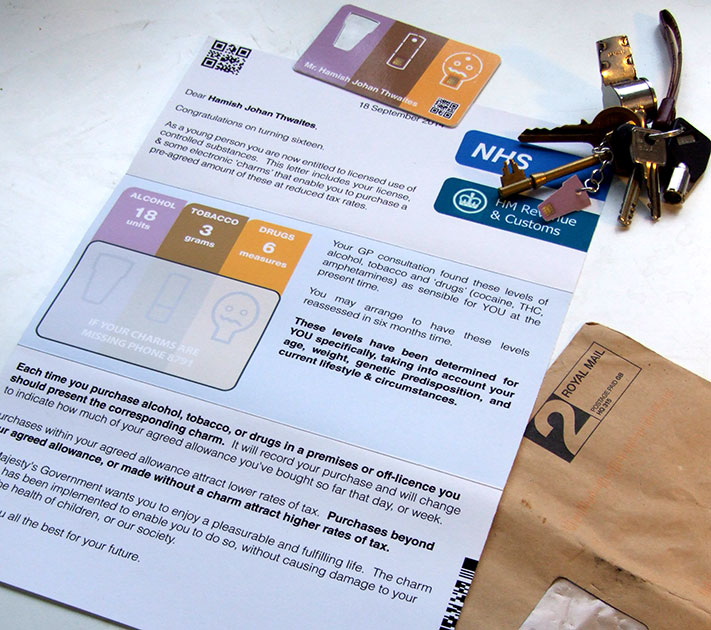
‘Dear Hamish Johan Thwaites,
Congratulations on turning sixteen.
As a young person you are now entitled to licensed use of controlled substances. Her Majesty’s Government understands these can be pleasurable, however they are dangerous and used in excess they cause damage to yourself, your family, your children (should you already/choose to have them), and our society. This letter includes your license to use these substances, & some electronic ‘charms’ that enable you to purchase a pre-agreed amount of these at reduced tax rates.
Your GP consultation found these levels of alcohol, tobacco and ‘drugs’ (cocaine, THC, amphetamines) as sensible for YOU at the present time. You may arrange to have these levels reassessed in six months time. These levels have been determined for YOU specifically, taking into account your age, weight, genetic predisposition, and current lifestyle & circumstances, and cannot be applied to other people.
Each time you purchase alcohol, tobacco, or drugs in a premises or off-licence you should present the corresponding charm. It will record your purchase and will display how much of your agreed allowance you’ve bought so far that day, or week. Purchases within your agreed allowance attract lower rates of tax. Purchases beyond your agreed allowance, or made without a charm attract higher rates of tax.
Her Majesty’s Government wants you to enjoy a pleasurable and fulfilling life. The charm system has been implemented to enable you to do so, without causing damage to your health, the health of children, or our society.
We wish you all the best for your future.’
